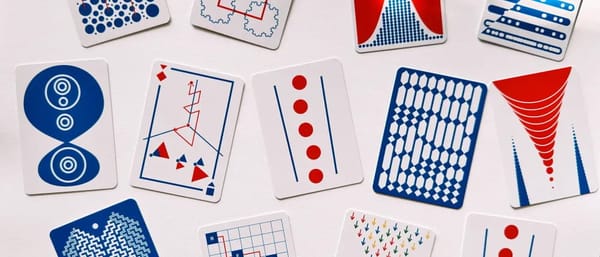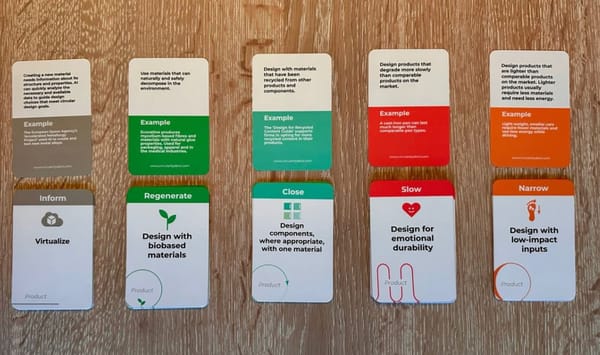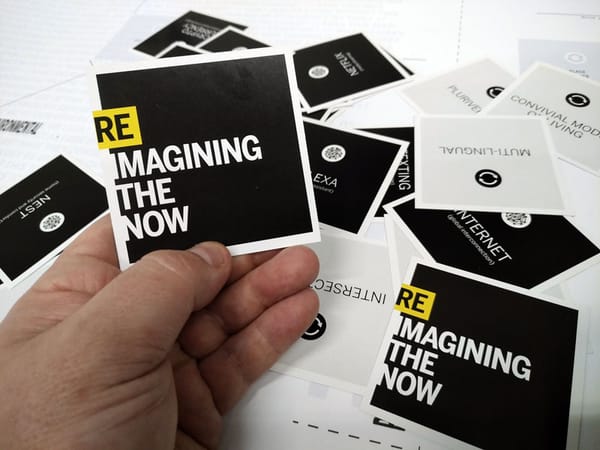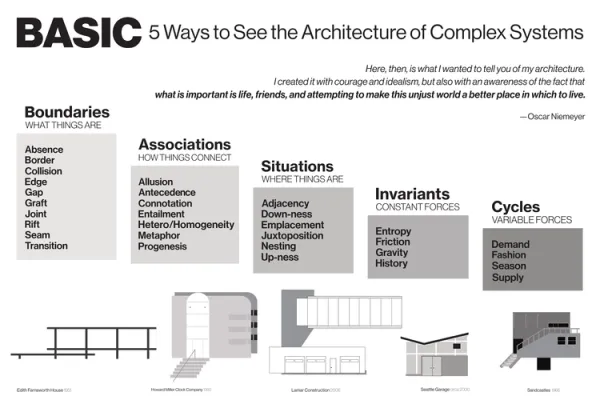№ 99 | A Solarpunk Zine, The Great Gambit, Coastline Paradox, Customer Needs Safaris, Type 1 Diabetes Companion Cards, and “The Broken Rhetoric of AI”
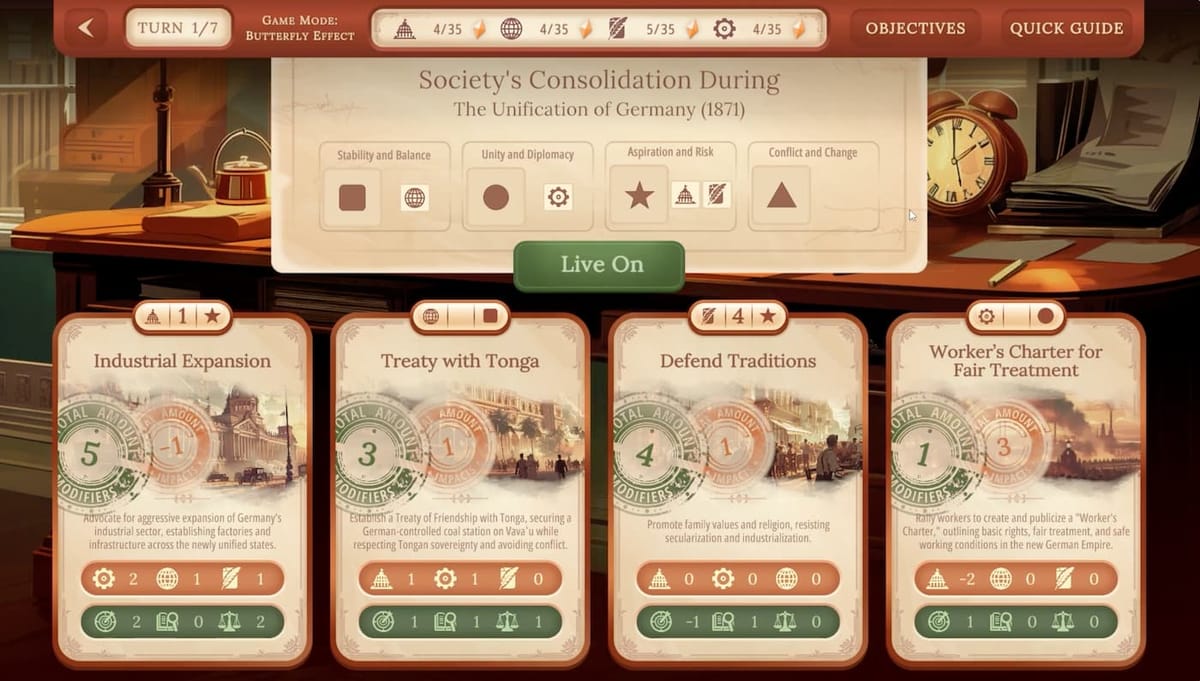
Welcome to another edition of the Thinking Things newsletter, your regular roundup of playful things to think with and think about.
Solarpunk zine
I meant to share this a few months ago, but I’m glad I waited.
First, digital artist ‘The Lemonaut’ creates an illustrated rant on ‘why I think we need realistic Solarpunk’ (a challenge to imagine better futures, without crossing over into magical thinking). Then, with permission, another person assembles the illustrations into a printable zine [PDF]. Enjoy!
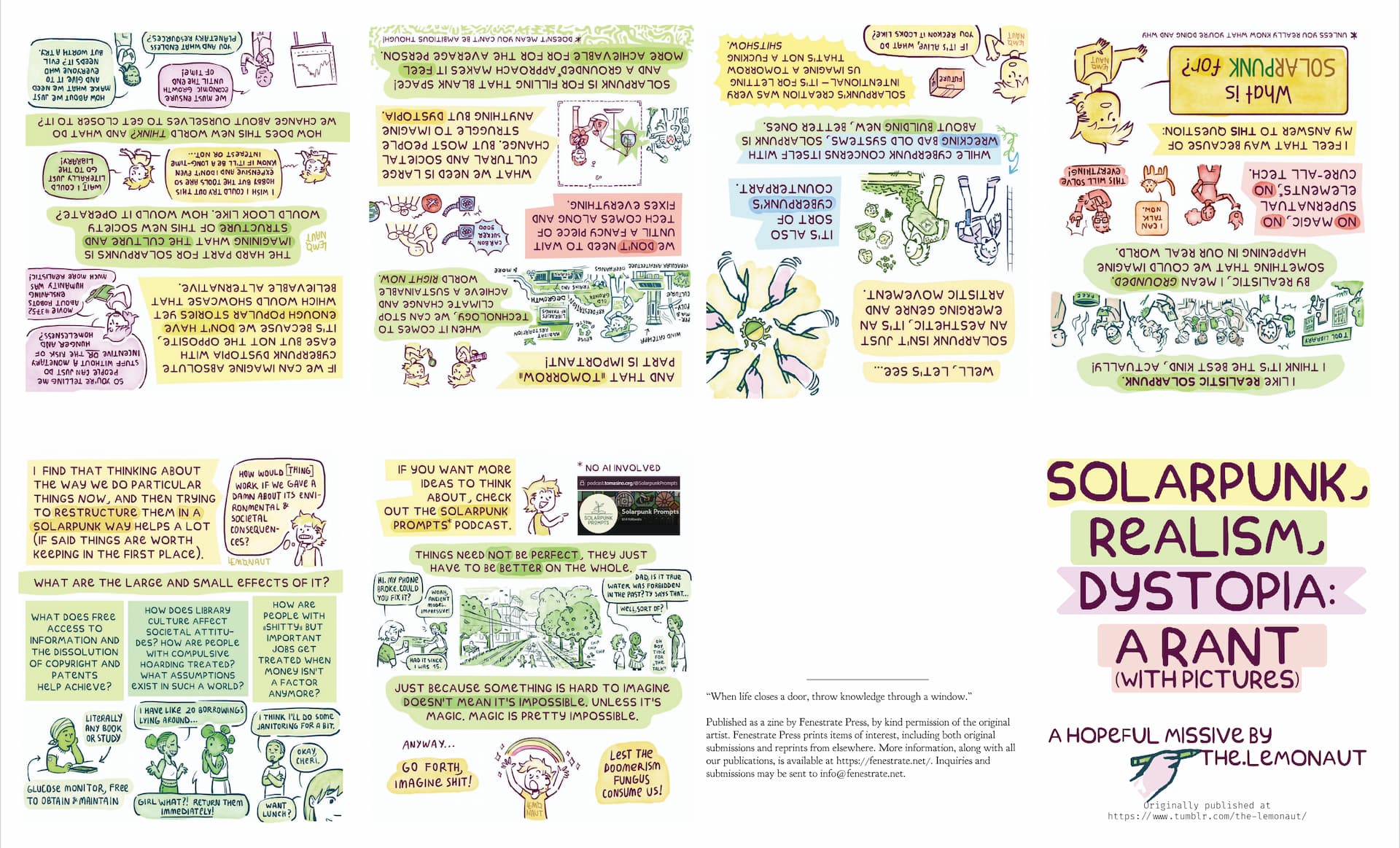
And, if Solarpunk is new to you, you can start with my ✨Special Edition:✨ issue on all things Solarpunk!
The Great Gambit
You know I love simulations as playful things to think with, right?! Designed for classroom use, The Great Gambit asks ‘can your students prevent World War I?’ Sounds like a worthwhile challenge!
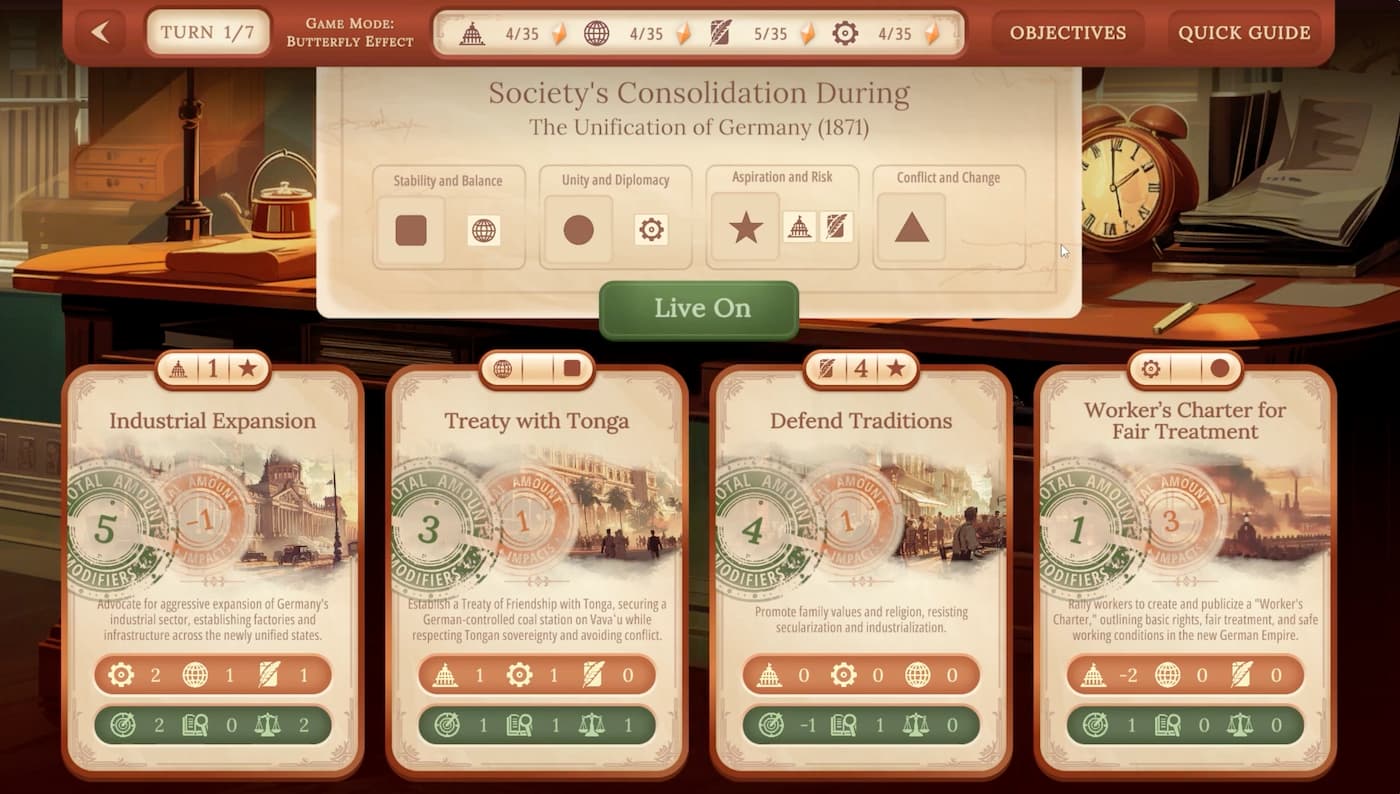
A card-based simulation tool, The Great Gambit is played in two modes: First, a tutorial mode (“Powder Keg”) where students learn how the game works by playing out the historical timeline that led to WWI. This is followed by an actual playthrough of the game (“Butterfly Effect”), where groups can apply what they’ve learned , and work together to prevent war or pursue their own goals for victory.
Other than the fact that this looks like it was a (physical) card game first, I love that this focuses on the social dynamics that sit behind historical events. This focus helps history lessons transcend the textbook factoids to become highly relevant—and timeless—lessons about human nature. This is a goal well-articulated on the game’s web site:
Through strategic decision-making, critical thinking and collaboration, students discover how peaceful societies can transform into ones where people end up killing each other - both between nations and within themselves.
Rather than teaching “the right” historical choices, the game challenges students to live through the social dynamics that make conflict possible. It’s a structured space where students get a first-hand taste of the trade-offs, constraints, and misunderstandings that mature social actors confront.
This sounds like a pretty amazing thing to think with!
If you’re interested in more games like this… I found The Great Gambit via this LI post on “How Game-Based Learning Is Transforming Engagement and Outcomes.”, which shares a couple more learning games.
Coastline paradox
In the past, I’ve used a “fractal” analogy to talk about estimation (and learning anything new, for that matter); i.e. the closer you get to something, the more that new details reveal themselves. This has been a useful way to communicate that new details will present themselves upon closer inspection, but I think I’ve found a better way to describe this phenomenon: The coastline paradox.
Essentially, the coastline paradox demonstrates the larger the unit of measurement, the smaller that measurement becomes.
British polymath Lewis Fry Richardson made a surprising discovery in 1950: the larger the unit of measurement, the smaller that measurement becomes. Richardson made his discovery while estimating the lengths of various borders and coastlines. He realized that larger units (e.g., 100 km as opposed to 50 km) invariably resulted in smaller estimates:
Here’s a post that argues how this metaphor applies to all types of estimates: “Estimating Work: the Coastline Paradox, Orders of Approximation, and Agile Scoping.”
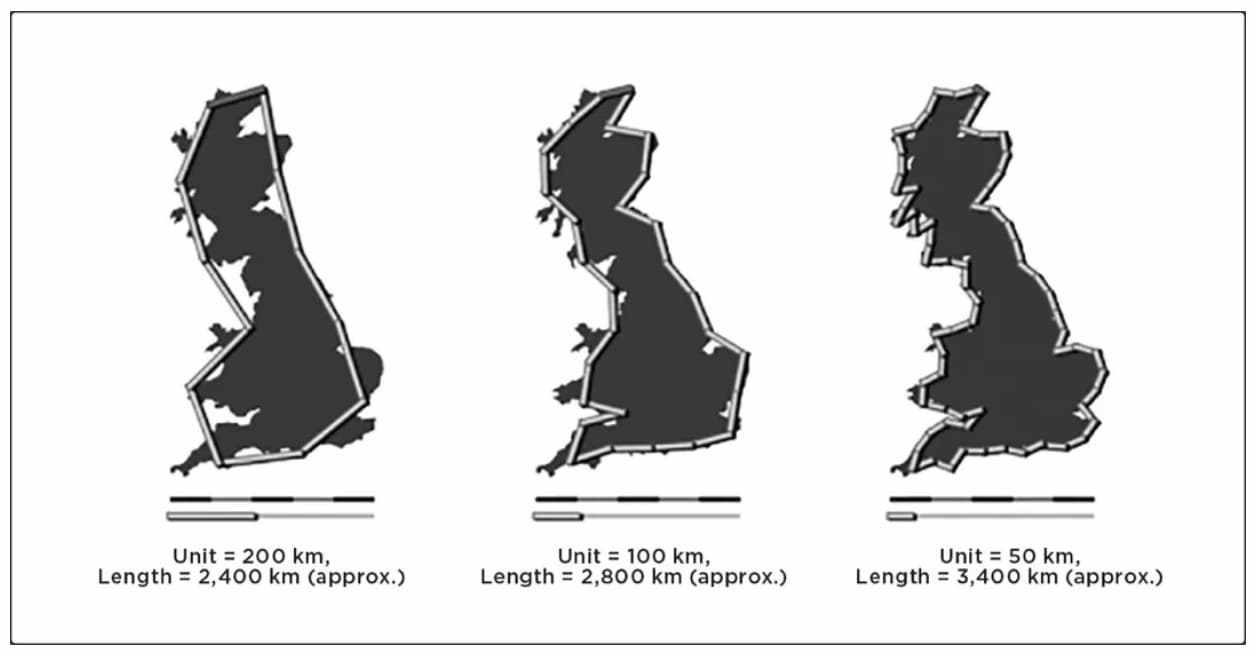
Speaking of metaphors…
Customer Needs Safaris
My friend Kelsey Ruger shared this simple metaphor for thinking about a particular kind of customer research: Customer Needs Safaris.
Doing a Customer Needs Safari is simple: Go undercover in online communities where your ideal customers hang out. Don't participate - just observe and listen.
What you're hunting for:
→ Pains: "I'm so frustrated with..." / "I hate having to..."
→ Questions: "How do I..." / "What's the best way to..."
→ Recommendations: "Try this..." / "Don't buy this..."
→ Jargon: The insider language they actually use
→ Delights: "This was a game-changer..." / "Finally found..."
The concept of going on a safari, and hunting (I’m imagining a photo safari!) for a specific set of things, is a fun way to reframe contextual inquiry / ethnographic research.
Type 1 Diabetes Companion Cards
The Type 1 Diabetes Companion Cards are a card deck (two card decks, actually!) for those with (or living with someone who has) type I diabetes. As a parent of a type 1 diabetic, I think we’d have found these card decks useful in the early days post-diagnosis. While there is plenty of clinical information new patients (and caregivers) are bombarded with, what about the social and emotional struggles that go along with this diagnosis?
What if we had the support that acknowledged the full human experience: the mental load, the identity shift, the social weight of it all?
That question became the starting point for the Companion Cards.
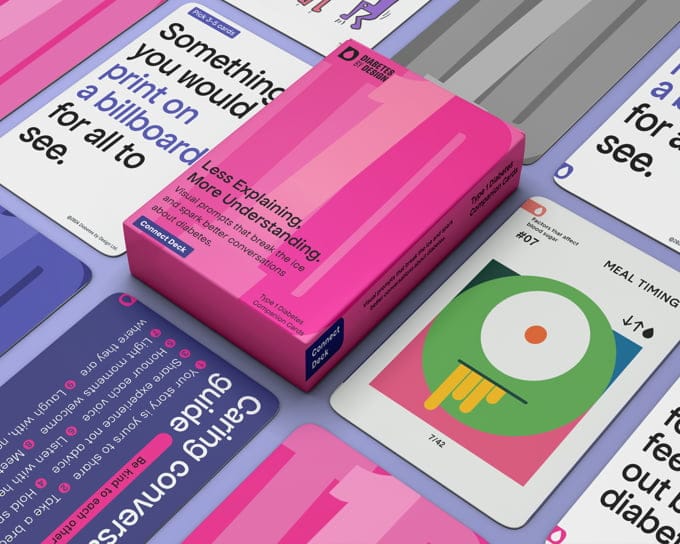
Consisting of two different decks, these are designed to inform, but also open up difficult conversations. And, there are lovely illustrations.
You can back the Type 1 Diabetes Companion Cards on Kickstarter, for the next few weeks. And yes, I backed a set!
“The broken rhetoric of AI”
I don’t know about you, but I’m exhausted by all the AI hype—especially on LinkedIn. In my post on “Making P.E.E.C.E. With AI” I commented:
I’m frustrated by the unchecked hype with AI (and apparently, you can’t think critically about this technology without risk of being branded ignorant or afraid of change)… Why not be objective about all the things, so we can make rational decisions?
Anyway, this post on “The broken rhetoric of AI” was written for UX folks, but I suspect a broader audience will find this useful. While the unhealthy conversations (left column) will vary with different groups, the healthy alternatives (right column) are universally relevant. And if we’re being honest, these alternatives are simply a good articulation of critical thinking skills and a learning mindset.
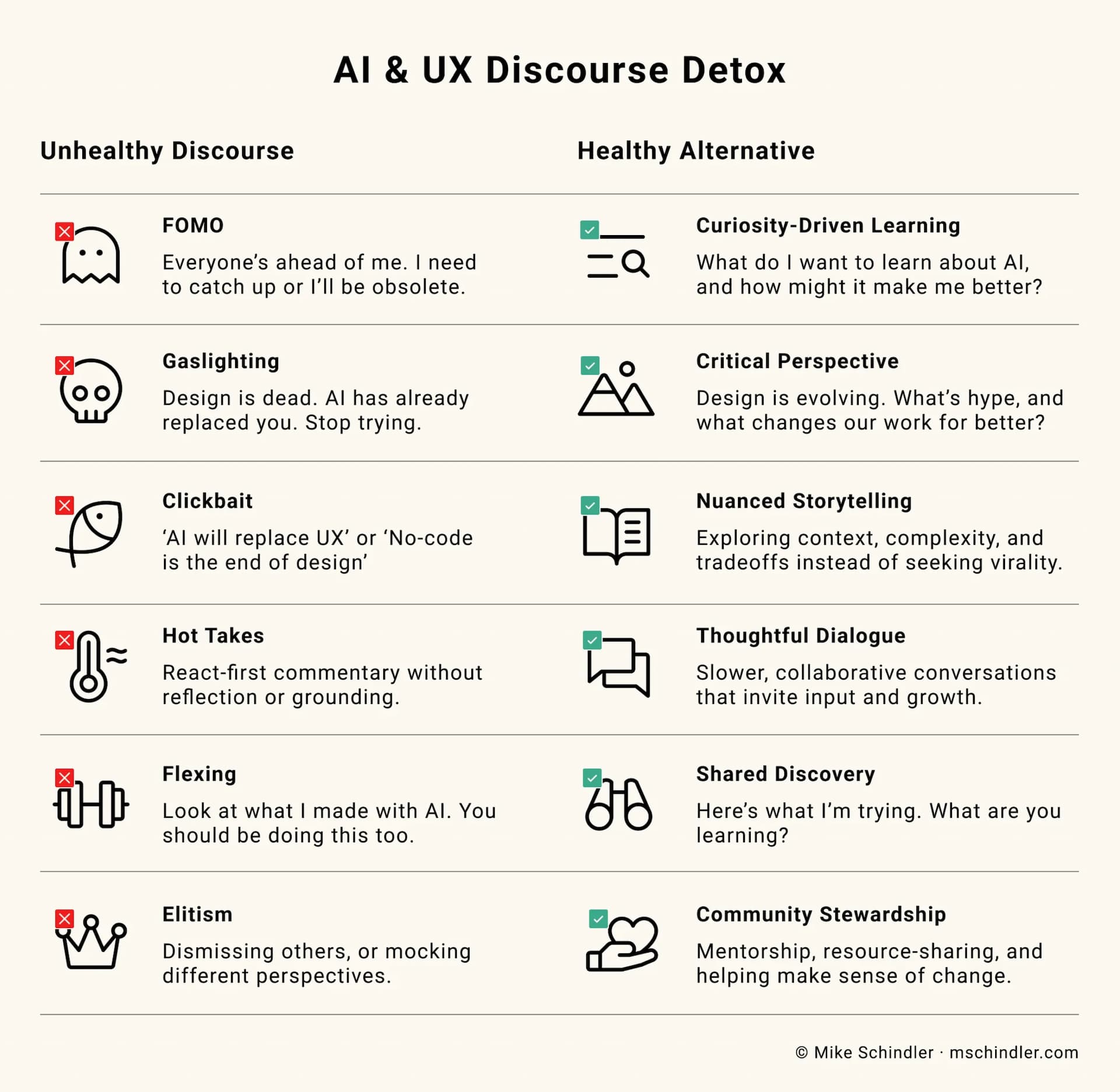
Random FUN Stuff!
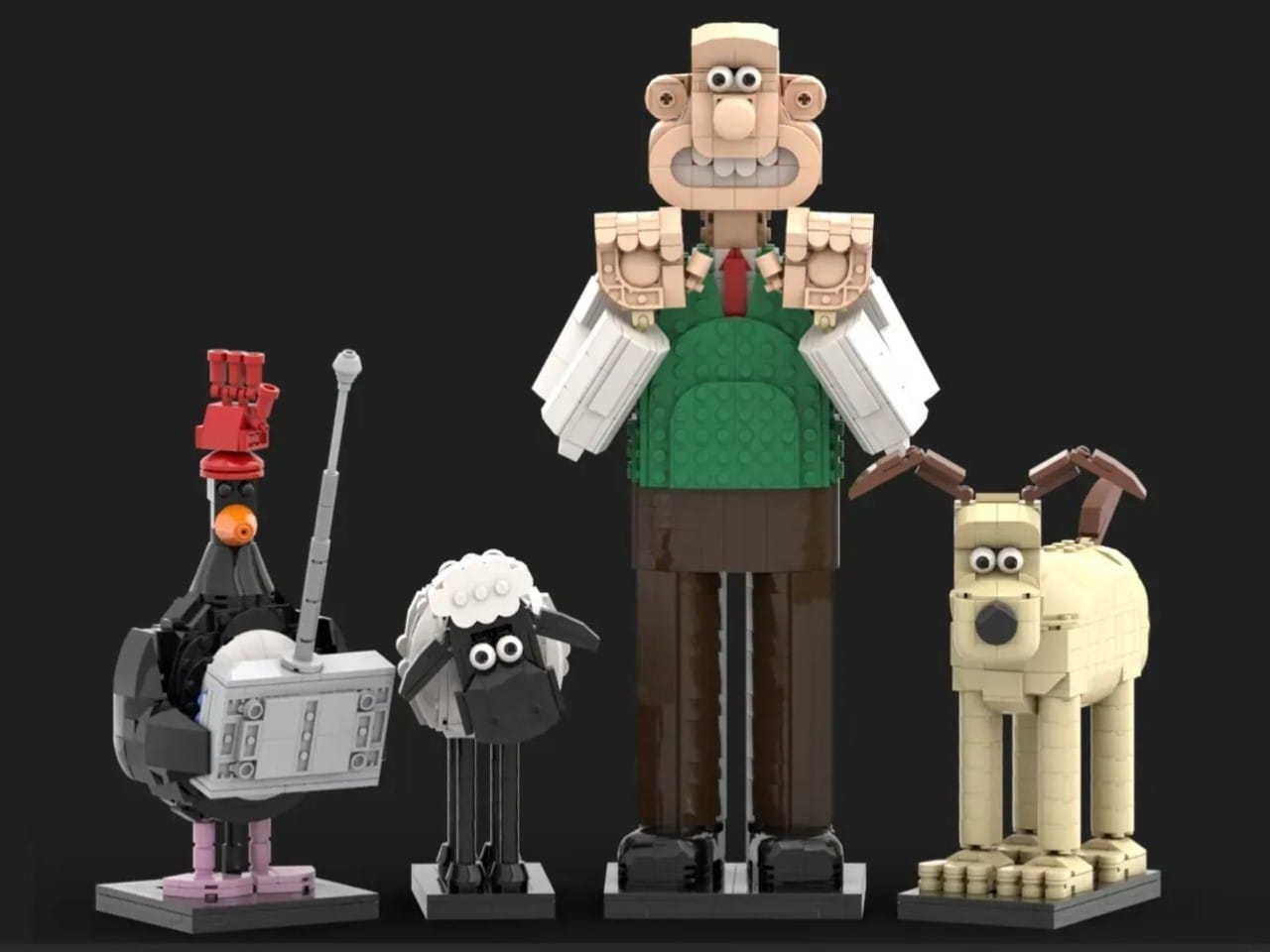
- I enjoyed this history of playing cards with Five Suit Decks. And if five suits aren’t enough, check out this 9 Suit Extended Deck!! 🤪
- The new Superman movie is good… and fun. I smiled a lot.
- The Historical Tech Tree is a project to visualize the entire history of technologies, inventions, and (some) discoveries, from prehistory to today.
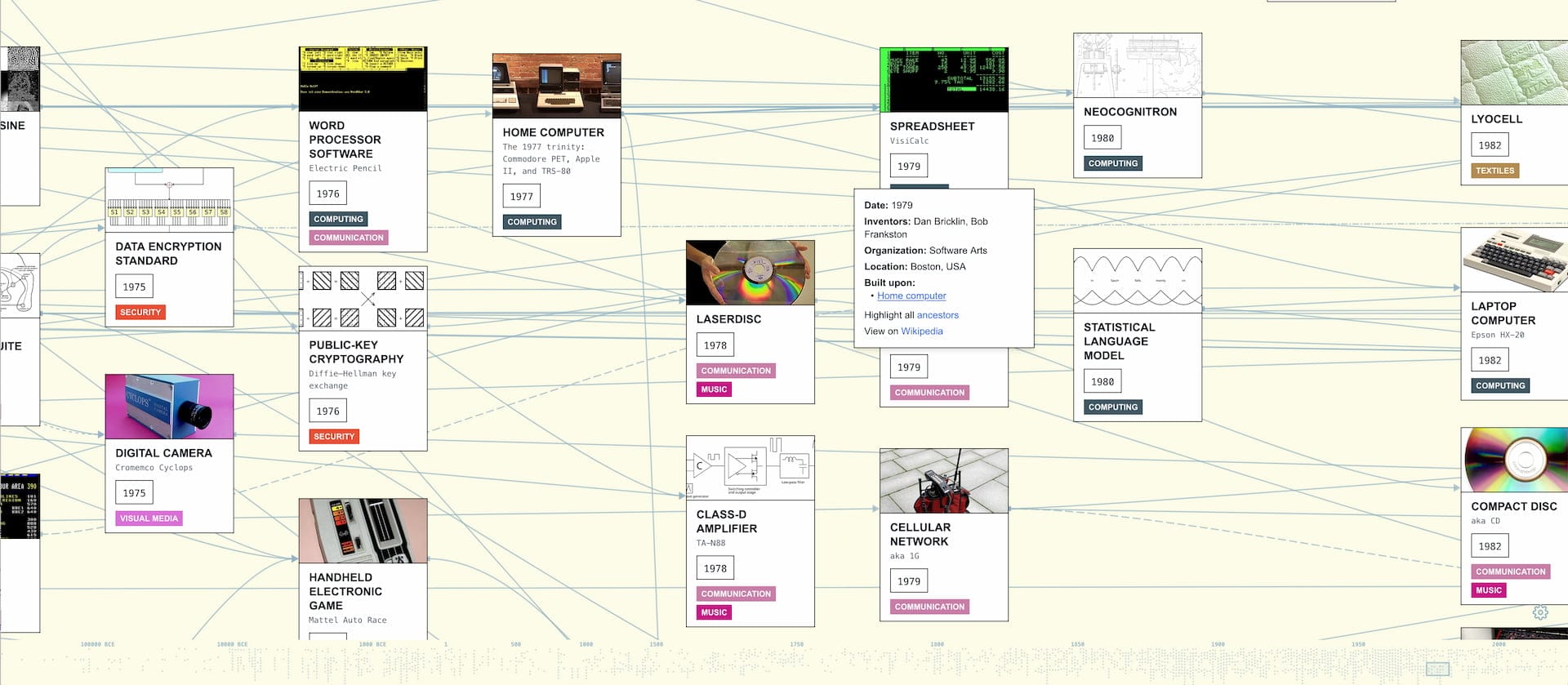
Until next time… Cheers!


